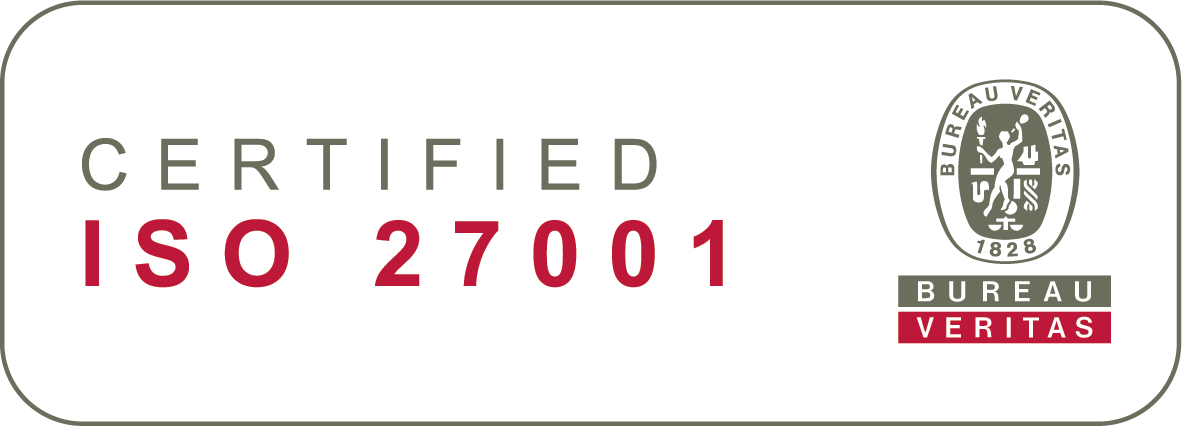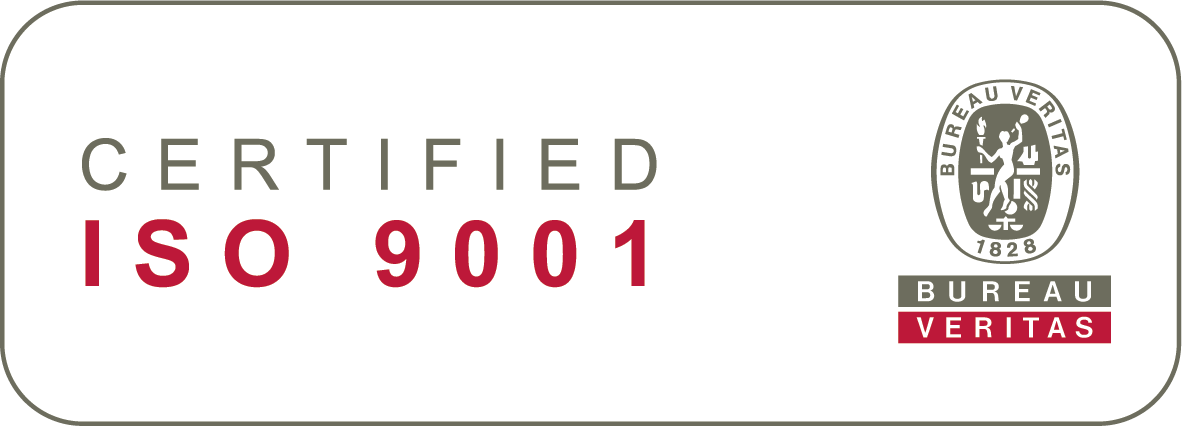In an ever-changing world, organisational flexibility is crucial for adaptation, growth, and innovation. And, as trusted advisors and business leaders, it often lands on HR to drive complex strategic initiatives that grow the business, such as improving employee performance, happiness, and engagement.
However, the value delivered by these initiatives is often difficult to communicate or tied to significant “big bang” releases like new benefit packages.
Agile HR is an approach that helps People departments break down complex strategies into manageable slices that can be communicated to the whole organisation. Agile HR emphasises flexibility, adaptability, short feedback loops, independence, and transparency. By implementing Agile HR, organisations can create a more dynamic and responsive workforce, improve employee engagement, and drive better business outcomes.
So, to make things as easy as possible at the beginning, we’ve created a step-by-step guide you can use to get started and explore how to implement Agile HR performance support in your organisation.
1. Define the problem and goals, then communicate the big picture
First, identify the exact issue you are trying to improve and set goals for what success will look like.
Then you must get the organisation — or at least its key players — on board. Keeping them motivated requires clear communication and transparent actions. Taking the time to explain why this change is happening will help your organisation reach its goals. If the goal or target isn't one sentence that everyone can articulate easily, it's not clear enough.
Top tip: Communicating the short- and long-term benefits for your organisation will inspire managers and employees.
After convincing many of your key players, it is time to discuss practicalities. Be precise on what needs to be done, when and by whom. Again, giving clear instructions will pave the way to success.
Remember: test, learn, optimise, and repeat.
2. Allocate resources and define roles and responsibilities
When you've identified the problem and set goals, you need a team to make it happen – time to discuss practicalities.
Use a Talent Management matrix in your People Management system to identify the best colleagues to help meet your goals. Agile teams are usually small and have complementary skills – this means working with people who you may not typically work with.
Be precise on what needs to be done, when and by whom. The entire team needs to contribute to this process. Develop a goal backlog to break down goals into bite-size chunks and prioritise which activities need to happen first. Giving clear instructions will pave the way to success.
3. Start your first sprint
Now that you've decided on the practicalities, it's time to get to work. In a relatively short time, your small team will plan, analyse, design, test and document its way through a project.
It's important to meet regularly to discuss progress during your project sprint, and each team member needs to contribute.
4. Remember implementation aftercare, using HR reporting
After reaching your goals, make sure to complete an implementation review. Note that your HR reports can come in handy here.
A comprehensive review will iron out any issues that occur during current and future processes. It pays off to put as much focus on the process aftercare as you did on the implementation's previous steps. Just remember, practice makes perfect.
The effort and adjustment involved in this can take a toll on your HR team. So, to keep them healthy – both mentally and physically – be sure to invest in your HR team's self-care. It'll enable them to recharge a bit so they can implement the next agile HR strategy even better.
To ensure you get started on the right foot, we have developed a comprehensive Agile HR checklist of things to remember when getting started with the Agile HR framework, you can download it here.
Become fully Agile in HR
Learn how to become fully agile in HR and find out how the agile approach benefits HR. Our guide provides all there is to know to get started.


